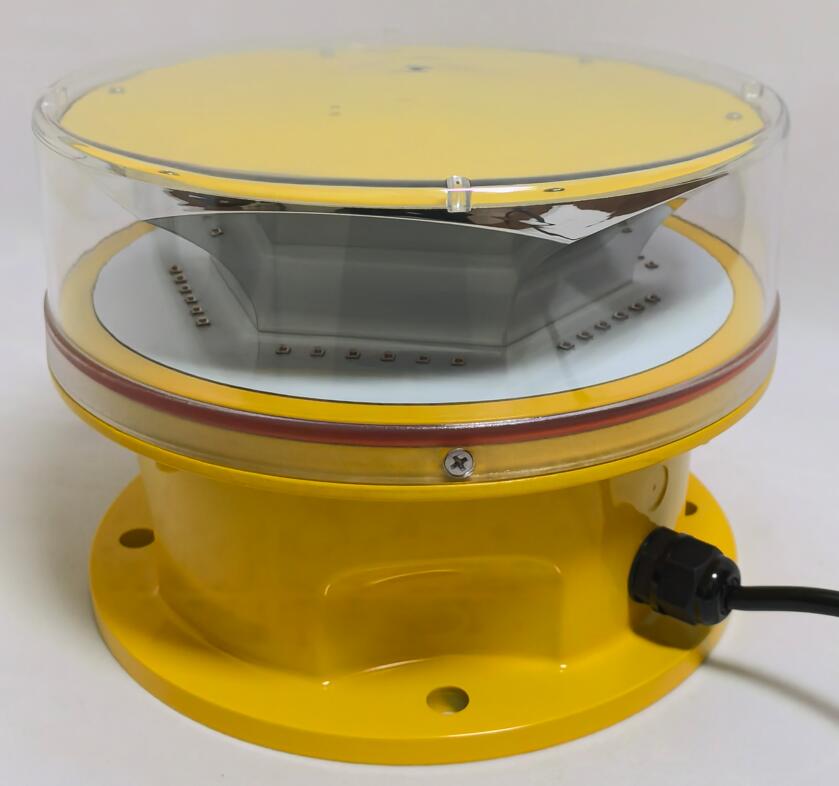Illuminating the Skies: The Essential Role of FAA Lights in Aviation Safety
The Federal Aviation Administration (FAA) plays a critical role in ensuring the safety and efficiency of air travel. Among its many responsibilities, the regulation and implementation of FAA lights stand out as a cornerstone of aviation safety. These specialized lighting systems guide pilots, prevent collisions, and enhance visibility in various conditions. This article explores the significance of FAA lights, their types, applications, and their impact on modern aviation.
The Purpose of FAA Lights
FAA lights serve multiple functions, all aimed at minimizing risks in aviation. They help pilots navigate runways, identify obstacles, and maintain safe distances from other aircraft. Whether during takeoff, landing, or mid-flight, these lights ensure that both commercial and private flights operate smoothly, even in low-visibility conditions.
Types of FAA Lights
The FAA categorizes aviation lighting systems based on their specific uses. Below are some of the most critical types:
1. Runway Lighting
Runway lights are essential for safe takeoffs and landings. They include:
Runway Edge Lights – White lights outlining the runway's perimeter.
Threshold Lights – Green lights marking the beginning of the runway.

End Lights – Red lights indicating the runway's end.
2. Approach Lighting Systems (ALS)
These lights assist pilots during descent by providing visual guidance. They often include sequenced flashing lights (strobes) to enhance visibility in poor weather.
3. Obstruction Lights
To prevent collisions with tall structures like towers and wind turbines, FAA lights are installed on obstacles. These lights can be red (steady or flashing) or white, depending on height and location.
4. Taxiway Lights
Blue lights guide aircraft from runways to terminals, ensuring smooth ground movement.
5. Aircraft Anti-Collision Lights
All FAA-compliant aircraft must have red or white strobe lights to improve visibility to other pilots.
Technological Advancements in FAA Lights
Modern FAA lights incorporate energy-efficient LED technology, which offers brighter illumination and longer lifespans than traditional incandescent bulbs. Additionally, smart lighting systems now integrate with air traffic control (ATC) to adjust brightness based on weather conditions, further enhancing safety.
Regulatory Compliance and Global Standards
The FAA enforces strict guidelines for aviation lighting to ensure uniformity and reliability. These standards align with International Civil Aviation Organization (ICAO) recommendations, promoting consistency in air travel worldwide.
FAA lights are indispensable to aviation safety, providing critical visual cues that prevent accidents and streamline operations. As technology evolves, these lighting systems will continue to advance, further securing the skies for future generations of air travel. By adhering to rigorous standards and embracing innovation, the FAA ensures that FAA lights remain a beacon of safety in an ever-expanding aviation landscape.
